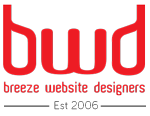Moving Up A Gear
Dear Beloved Friends and Members of the BWD family, We’re uber pleased to announce that we’re moving into a bigger playing space. So as from the 1st of March 2014, our new base will be at Fancourt Office Park, which is on the corner of Northumberland and...





